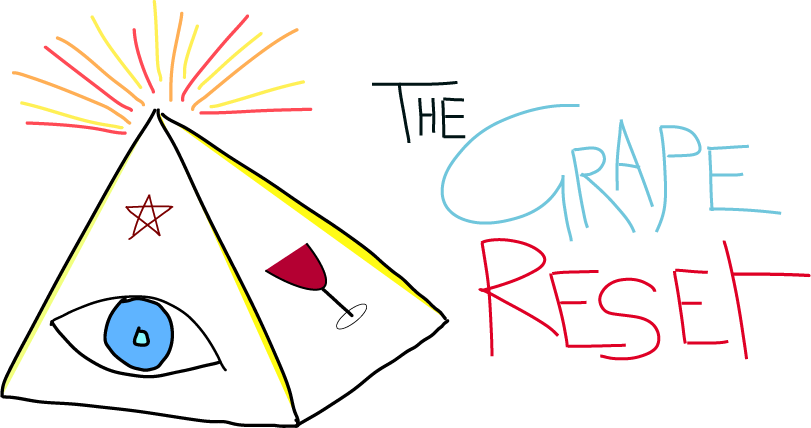Global Wine Sales Plunge
Global Wine Sales Plunge to Lowest Levels Since 1961, Industry Faces Generational Shift
By Agence France-Presse, Paris
Global wine consumption has dropped to its lowest point in over six decades, according to new data released by the International Organisation of Vine and Wine (OIV). The figures show a 3.3% decline in worldwide wine sales in 2024, totaling just 214.2 million hectolitres—levels not seen since 1961.
The slump in consumption comes alongside a significant drop in wine production, which fell 4.8% last year to 225.8 million hectolitres, marking the lowest output in more than 60 years. Experts attribute the downturn to a combination of economic pressures, climate change, and shifting social habits—particularly among younger generations.
“The industry is facing a perfect storm,” said Giorgio Delgrosso, head of statistics at the OIV. “Beyond immediate economic and geopolitical challenges, we’re seeing long-term structural shifts in how people consume wine.”
According to the OIV’s annual report, the average price of a bottle of wine has risen by around 30% since 2019–2020, while global consumption has dropped by 12% over the same period.
The United States, the world’s largest wine market, recorded a 5.8% fall in consumption last year, down to 33.3 million hectolitres. Delgrosso also warned that potential new U.S. tariffs on imported wines, initiated under former President Donald Trump, could further damage the global wine trade.
China’s wine consumption remains well below pre-pandemic levels, while Europe—accounting for nearly half of global sales—saw a 2.8% decrease overall. France, long regarded as a wine powerhouse, experienced a 3.6% drop in consumption. However, Spain and Portugal were rare exceptions, recording slight increases.
Environmental conditions have taken a toll on production. Regions faced extreme weather ranging from excessive rainfall to severe droughts. While Italy retained its position as the world’s largest wine producer with 44 million hectolitres, France’s output plummeted by 23% to 36.1 million hectolitres—the lowest since 1957. U.S. production also took a hit, falling 17.2% to 21.1 million hectolitres, mainly due to intense heatwaves.
Despite the downturn, Italy’s export market continues to thrive, buoyed by international demand for sparkling wines like prosecco.
Still, the OIV remains cautious about predicting a rebound. Industry players, including French wine retailer Nicolas, point to a deeper cultural shift. “People no longer associate drinking with celebration, and younger generations are drinking significantly less than their parents,” the company said in a statement.
With both consumption and production at historic lows, the wine industry faces a critical juncture—one that may require more than economic recovery to reverse.

